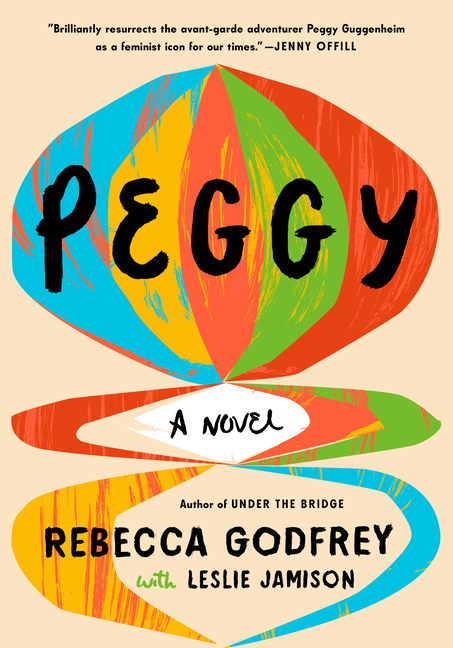As a novel, Peggy invites the reader to glimpse things partly visible, almost but not entirely obscured by layers of interpretation and implication. It is beautifully written, boldly imagined and full of holes—aspects of Guggenheim’s life and persona that Godfrey and then Jamison decided to leave out or touch on only briefly ... Since Godfrey is not around to discuss her decisions about what’s left in and what’s left out, and didn’t even get to write her own list of sources and acknowledgments (her husband reconstructed those as best he could), we can only look to Jamison, who writes that Godfrey had told her she envisioned a happy ending. She said she wanted to give Peggy 'some bliss and triumph.' For a while, Jamison says, she had a tough time seeing how that was going to work. But she pulls it off, brilliantly, in the epilogue set in Venice ... If, like Jamison (and indeed, like me), you are ready to begin your own Peggy Guggenheim research project, Peggy is an excellent place to start.
Read Full Review >>

